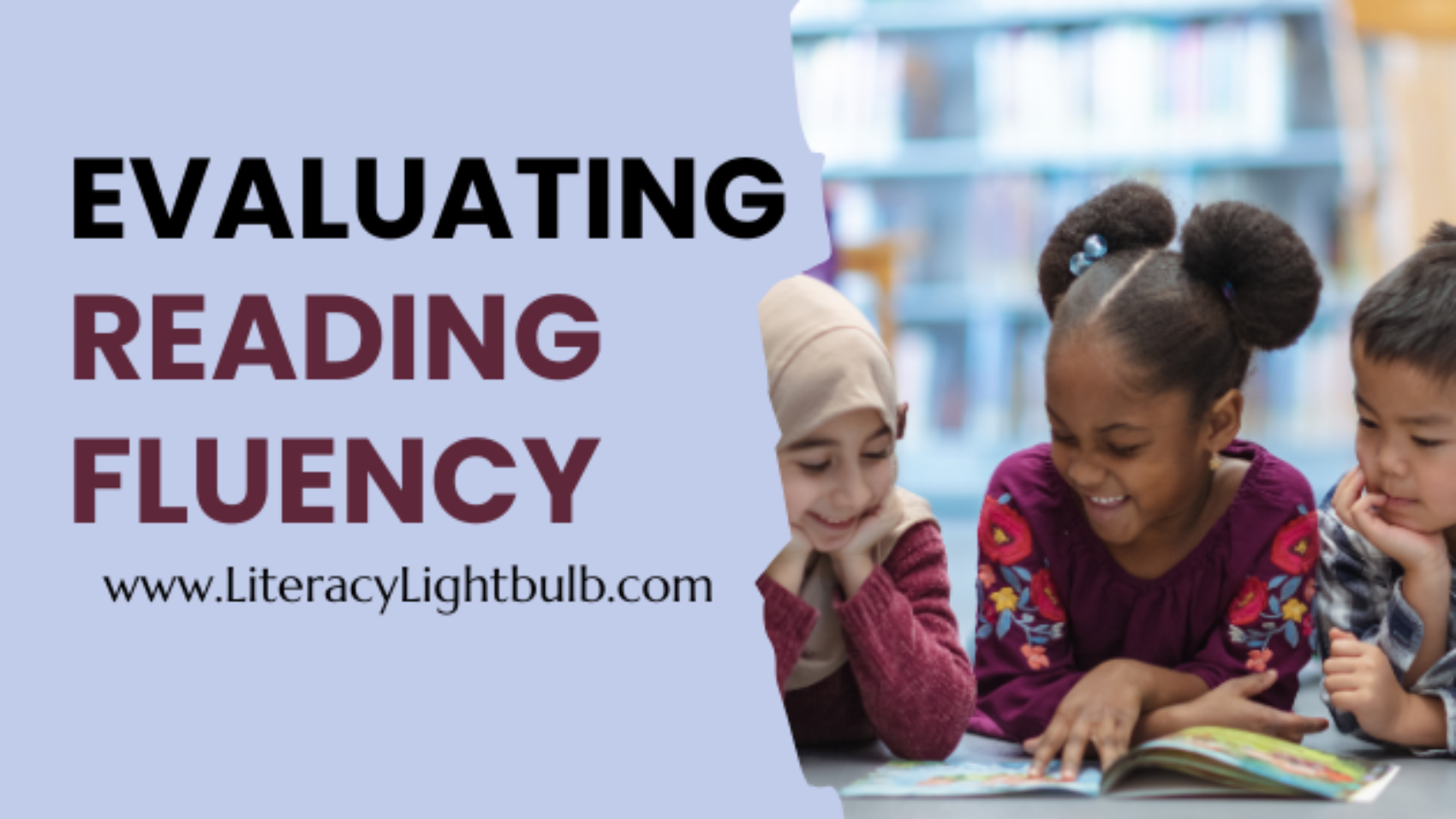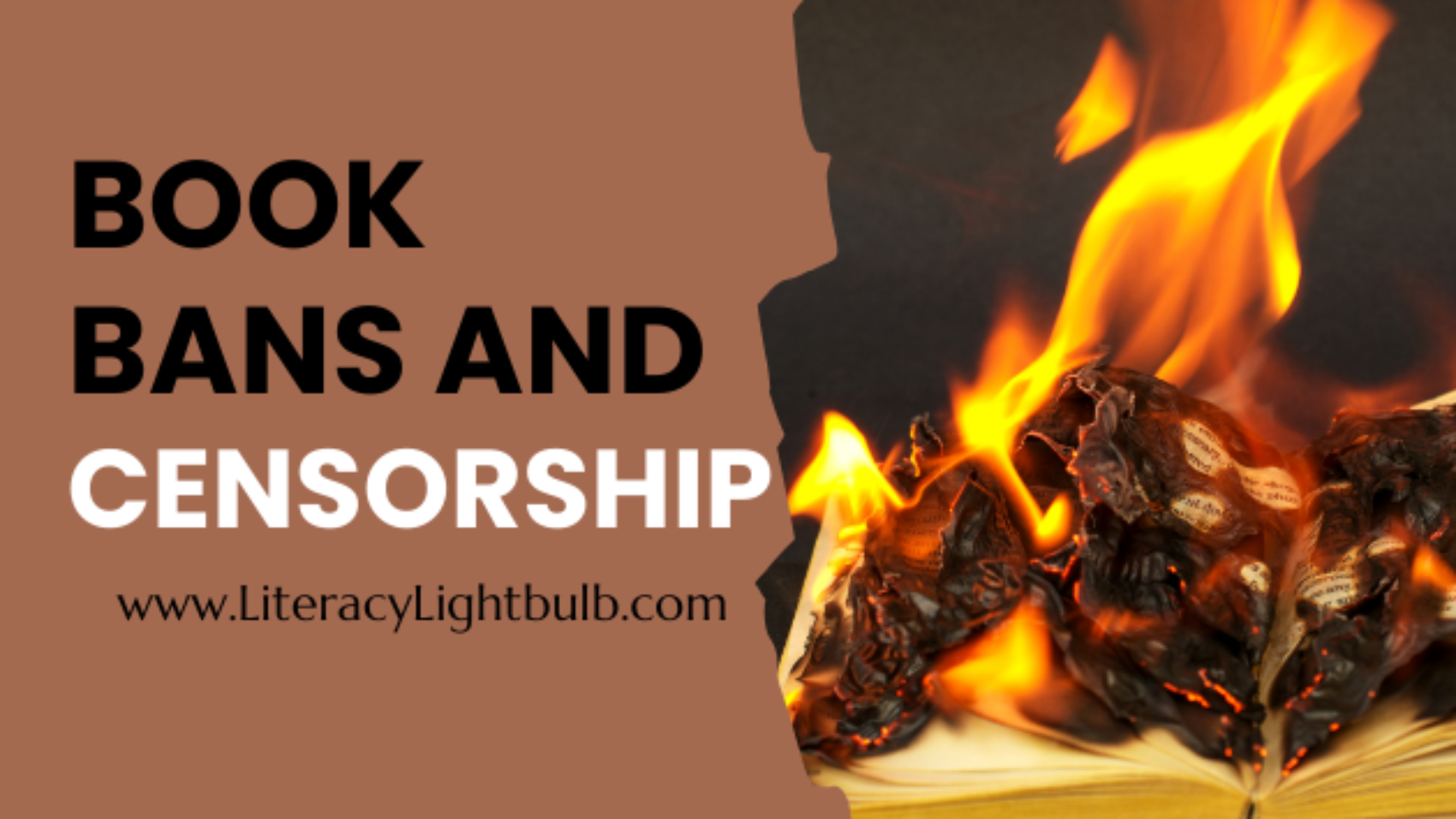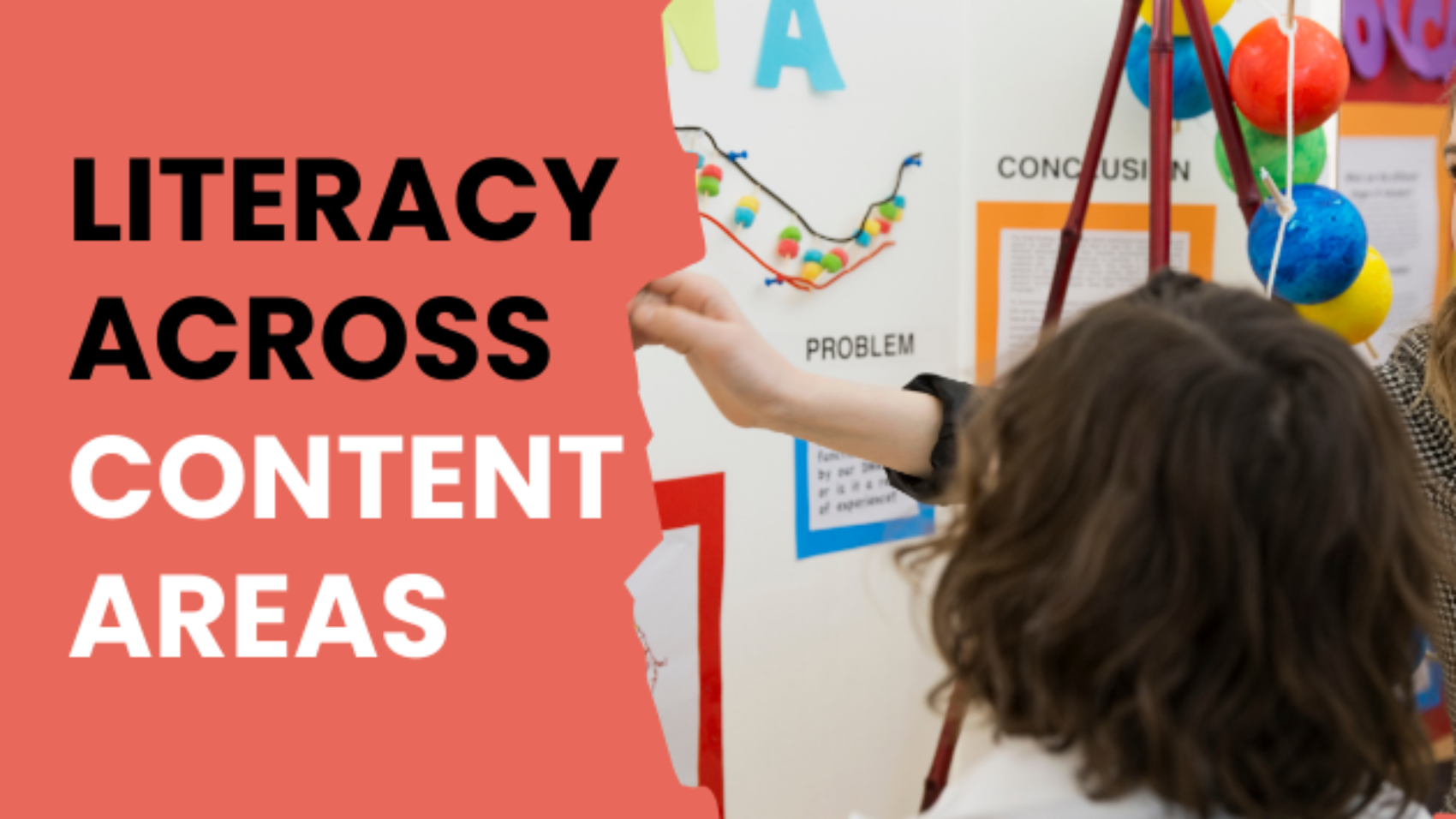Finding the right classic and contemporary literature can make reading more accessible and engaging, while also maintaining academic rigor.
Beyond Oral Reading: Innovative Ways to Assess and Support Reading Fluency
Oral reading assessments alone don’t capture the full picture of a student’s reading abilities. To truly understand and support reading fluency, we need to broaden our approach and explore new, innovative ways to assess fluency that go beyond just speaking the words.
Navigating Book Bans and Censorship in ELA Classrooms
Book bans and censorship have become increasingly prominent issues in education, particularly in English Language Arts (ELA) classrooms where literature is a cornerstone of the curriculum. As debates over what students should be allowed to read intensify, educators are often caught in the middle, trying to balance the needs and rights of their students with the concerns of parents, administrators, and the broader community. This article explores how ELA teachers can navigate the complex landscape of book bans and censorship while maintaining a commitment to providing diverse and meaningful learning experiences for their students.
1. Understanding the Landscape of Book Bans and Censorship
Book bans and censorship are not new, but they have taken on new urgency in recent years as cultural and political divides have deepened. Books are often challenged or banned because they address controversial topics such as race, gender, sexuality, religion, or politics. While the motivations behind these bans may vary, the result is often the same: restricted access to literature that can offer students critical perspectives and opportunities for personal growth.
Key Concepts:
- Book Bans: Book bans involve the removal of a book from a school or library, preventing students from accessing the material altogether. Bans are typically initiated by parents, community members, or interest groups who object to the content.
- Censorship: Censorship in the classroom can take many forms, from restricting certain books or topics to requiring alternative texts. It can also include self-censorship by teachers who may avoid teaching certain materials out of fear of controversy or backlash.
- The Right to Read: The American Library Association (ALA) and other organizations advocate for the right to read, emphasizing the importance of intellectual freedom and access to a wide range of ideas and perspectives.
2. The Impact of Book Bans on Students and Learning
Book bans and censorship can have significant consequences for students and the broader educational community. Limiting access to diverse literature can hinder students’ ability to engage with complex issues, develop critical thinking skills, and empathize with experiences different from their own.
Potential Impacts:
- Limited Perspectives: Banning books that explore difficult or controversial topics can deprive students of the opportunity to encounter diverse viewpoints and engage in meaningful discussions about real-world issues.
- Undermining Critical Thinking: When students are shielded from challenging material, they may miss out on the chance to develop the critical thinking skills needed to analyze and understand complex texts and ideas.
- Cultural and Identity Erasure: Books that reflect the experiences of marginalized communities are often the ones most likely to be challenged or banned. Removing these books from the curriculum can send a harmful message to students who see themselves reflected in these stories, contributing to a sense of invisibility and exclusion.
3. Strategies for Navigating Book Bans and Censorship
As an ELA teacher, it’s essential to navigate these challenges thoughtfully, balancing the needs of your students with the concerns of your community. Here are some strategies to help you address book bans and censorship while advocating for intellectual freedom.
1. Know Your School’s Policies:
- Understand the Process: Familiarize yourself with your school or district’s policies on book selection, challenges, and removals. Knowing the official procedures can help you respond effectively if a book in your curriculum is challenged.
- Document Decisions: Keep records of how books are selected for your curriculum, including the educational value of the texts and how they align with state or district standards. Documentation can be helpful if you need to defend your choices.
2. Build Relationships with Stakeholders:
- Engage Parents and Guardians: Proactively communicate with parents and guardians about the texts you plan to teach. Explain why you’ve chosen certain books and how they support your instructional goals. Providing context can help address concerns before they escalate.
- Collaborate with Colleagues: Work with other teachers, librarians, and administrators to build a united front in support of intellectual freedom. Sharing resources and strategies can strengthen your position if a book is challenged.
- Involve Students in the Conversation: Encourage students to think critically about the books they read and discuss the importance of access to diverse perspectives. Teaching students about censorship and intellectual freedom can empower them to advocate for their own right to read.
3. Provide Alternatives Thoughtfully:
- Offer Choices: When teaching books that may be controversial, consider offering students a choice of texts that address similar themes or topics. This allows students to engage with challenging material while respecting individual comfort levels.
- Facilitate Open Dialogue: Create a classroom environment where students feel comfortable expressing their thoughts and concerns about the books they are reading. Open dialogue can help students process difficult content and deepen their understanding.
- Respect Diverse Perspectives: Acknowledge that students, parents, and community members may have different views on certain books. Strive to respect these perspectives while also upholding the educational value of the texts you teach.
4. Advocate for Intellectual Freedom:
- Stay Informed: Keep up to date with current challenges to books and censorship issues in education. Organizations like the ALA’s Office for Intellectual Freedom provide resources and support for teachers facing censorship.
- Join Professional Organizations: Consider joining professional organizations that advocate for intellectual freedom and support educators. These organizations can offer guidance, resources, and a network of support.
- Speak Out: When appropriate, advocate for the inclusion of diverse texts in the curriculum. This might involve speaking at school board meetings, writing op-eds, or participating in professional discussions about the importance of intellectual freedom.
4. Navigating Self-Censorship
In addition to external pressures, teachers may also face internal pressure to self-censor, avoiding certain books or topics out of fear of controversy. While self-censorship can be understandable, it’s important to recognize its potential impact on students’ learning experiences.
Strategies to Avoid Self-Censorship:
- Reflect on Your Teaching Goals: Consider how the texts you choose align with your educational goals and the skills you want your students to develop. If a book supports these goals, it may be worth including despite potential controversy.
- Seek Support: If you’re unsure about teaching a particular text, seek advice from colleagues, administrators, or professional organizations. Support from others can help you feel more confident in your choices.
- Focus on Student Learning: Ultimately, your decisions should be guided by what will best support your students’ learning and development. Keep their needs at the forefront as you navigate challenges related to book selection.
Conclusion
Navigating book bans and censorship in the ELA classroom requires a careful balance of respecting diverse perspectives, advocating for intellectual freedom, and prioritizing students’ educational needs. By understanding the landscape of book challenges, building strong relationships with stakeholders, and thoughtfully selecting and teaching texts, you can create a classroom environment where students have the freedom to explore diverse ideas and develop critical thinking skills. In doing so, you not only protect the right to read but also empower your students to become thoughtful, informed, and empathetic individuals.
Navigating Student AI Use in the Classroom
This article explores the benefits and potential pitfalls of student AI use, offering strategies for educators to navigate this evolving landscape.
Disciplinary Literacy: Integrating Literacy Skills Across All Subjects
This article explores the concept of disciplinary literacy and provides strategies for integrating literacy skills across all subjects.






